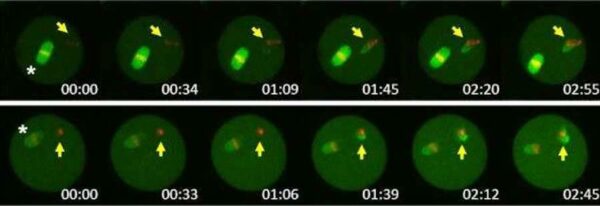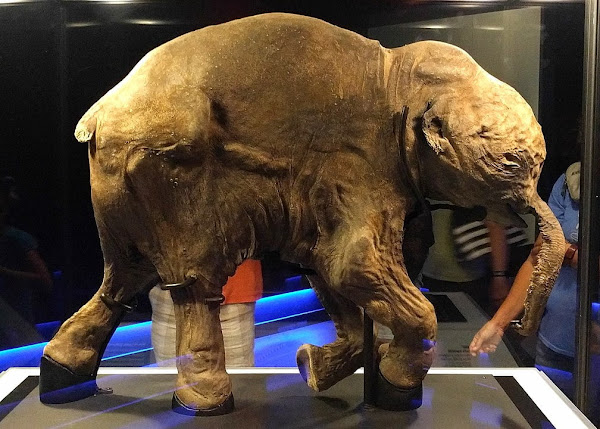Anyway, it all comes down to the fact that the scientists at the university have managed to extract nuclei from the mammoth’s cells and transplant them into mouse oocytes – cells found in ovaries that are capable of forming an egg cell after genetic division.
After that, the cells from the 28,000-year-old specimen started to show “signs of biological activities.”
“This suggests that, despite the years that have passed, cell activity can still happen and parts of it can be recreated,” said study author Kei Miyamoto from the Department of Genetic Engineering at Kindai University.
Five of the cells even showed highly unexpected and very promising results, namely signs of activity that usually only occur immediately preceding cell division.
Establishing whether the mammoth DNA could still function wasn’t an easy task. Researchers began by taking bone marrow and muscle tissue samples from the animal’s leg. These were then analyzed for the presence of undamaged nucleus-like structures, which, once found, were extracted.
Once these nuclei cells were combined with mouse oocytes, mouse proteins were added, revealing some of the mammoth cells to be perfectly capable of nuclear reconstitution. This, finally, suggested that even 28,000-year-old mammoth remains could harbor active nuclei.
Meaning, something like, that resurrecting a specimen like this one would be quite possible.


















No comments